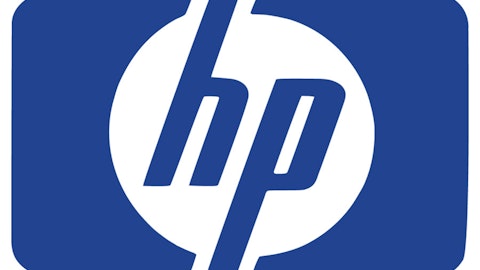On this day in economic and business history…
3M Co (NYSE:MMM) was formed on June 13, 1902, when five Minnesota businessmen came together to incorporate the Minnesota Mining and Manufacturing Company in the Lake Superior shorefront village of Two Harbors. The five co-founders each contributed $1,000 to build a company that would capitalize on the discovery of “corundum,” an extremely tough mineral that could be used in grinding wheels. 3M’s formation was a great example of the “move fast and break things” philosophy a century before Facebook introduced the phrase. The company began to sell shares before lining up a single customer.
3M Co (NYSE:MMM)’s corporate history describes the difficulties its five co-founders soon encountered:
It was almost two years after 3M’s founding that the company sold its first batch of minerals, one ton of Crystal Bay corundum, in March 1904. Fortunately, based on the founders’ own solid reputations, the local bank had no qualms about loaning the company operating capital until more sales revenues materialized.
But a long dry spell followed because 3M Co (NYSE:MMM)’s product was actually anorthosite, a soft mineral that is inferior to garnet [the mineral corundum was meant to replace]. 3M’s partners voted to cut their salaries and then abolished them altogether. Meanwhile, impatient suppliers wanted their money, and 3M owed its own employees back pay. (Each of the partners contributed money to cover the payroll.) 3M had little success selling its stock to raise operating capital, and the company was racing head-long for disaster.
Only a timely infusion of funds from 3M Co (NYSE:MMM) co-founder John Dwan and railroad magnate Edgar Ober kept 3M afloat for another year, while its leadership tested and rejected the notion of manufacturing the grinding wheels as well as the abrasives. Teetering on the brink of insolvency, 3M’s founders changed gears and decided to manufacture sandpaper, which — after five years of material-sourcing struggles and more than $200,000 in angel investments from St. Paul plumbing magnate Lucius Ordway — finally began to show results in 1911. However, the young company nearly foundered again in 1914 when it began unknowingly producing defective sandpaper. The company narrowly averted complete disaster when it was discovered that the garnets used in its sandpaper had been contaminated by olive oil en route to its factory, leaving them unable to adhere to the paper. The defective garnets were “cooked” in ovens to remove the oil, which 3M now considers its first example of research and development.
3M Co (NYSE:MMM) solved its sandpaper quality issues just in time, as World War I would break out that same year in Europe. The company’s booming sales allowed it to begin paying dividends on 1916, and it has been paying them ever since. 3M began selling Scotch tape in 1925, and from then on the company became firmly established in American manufacturing as one of the nation’s leading product innovators — and one of the most efficient product-developers anywhere. According to 3M Co (NYSE:MMM)’s records, each dollar of R&D spending from 1926 through the 1950s produced $28 in sales. This commitment expanded in the postwar period to encompass “pure” research, and the company’s later developments helped propel it to a spot on the Dow Jones Industrial Average in 1976.
Bailing out the people instead of the banks
President Franklin D. Roosevelt signed the Homeowners Refinancing Act into law on June 13, 1933. Also known as the Home Owners’ Loan Act, this legislation was one of many of Roosevelt’s first-term efforts aimed at reversing the ravages of the Great Depression. It established the Home Owners’ Loan Corporation, a government-sponsored enterprise with an initial capital base of $200 million and authorization to issue $2 billion in bonds to fund its operations. Those operations were straightforward: Anyone with a home worth less than $20,000 (about $350,000 today) could receive a loan at 5% interest — or refinance their existing home loans — to cover their overdue mortgage and tax payments so that they might avoid foreclosure.




